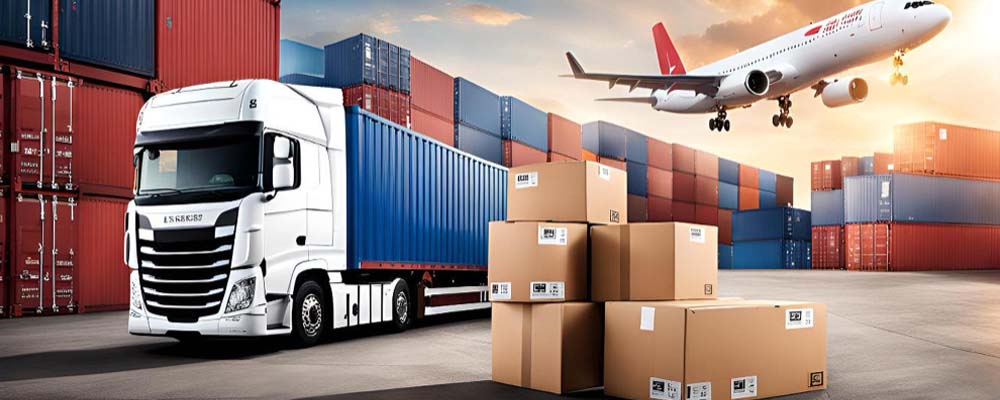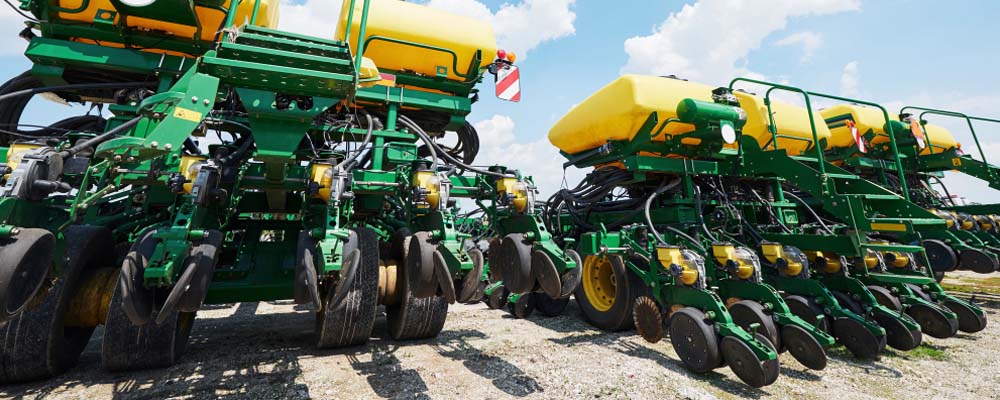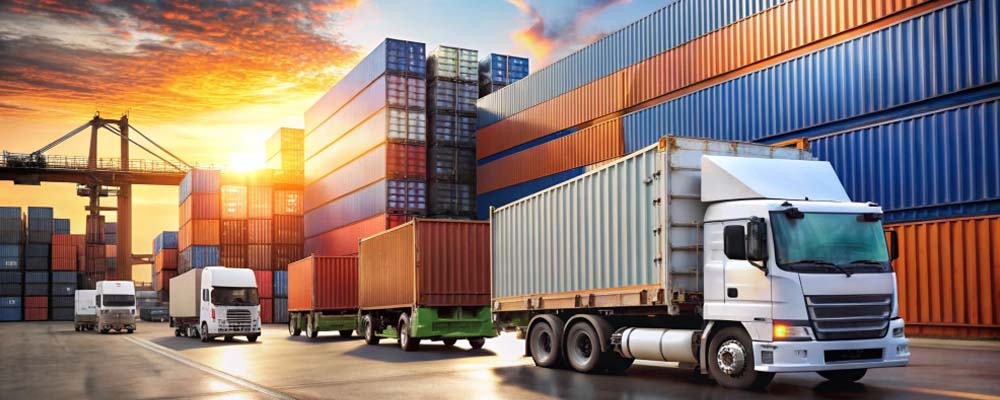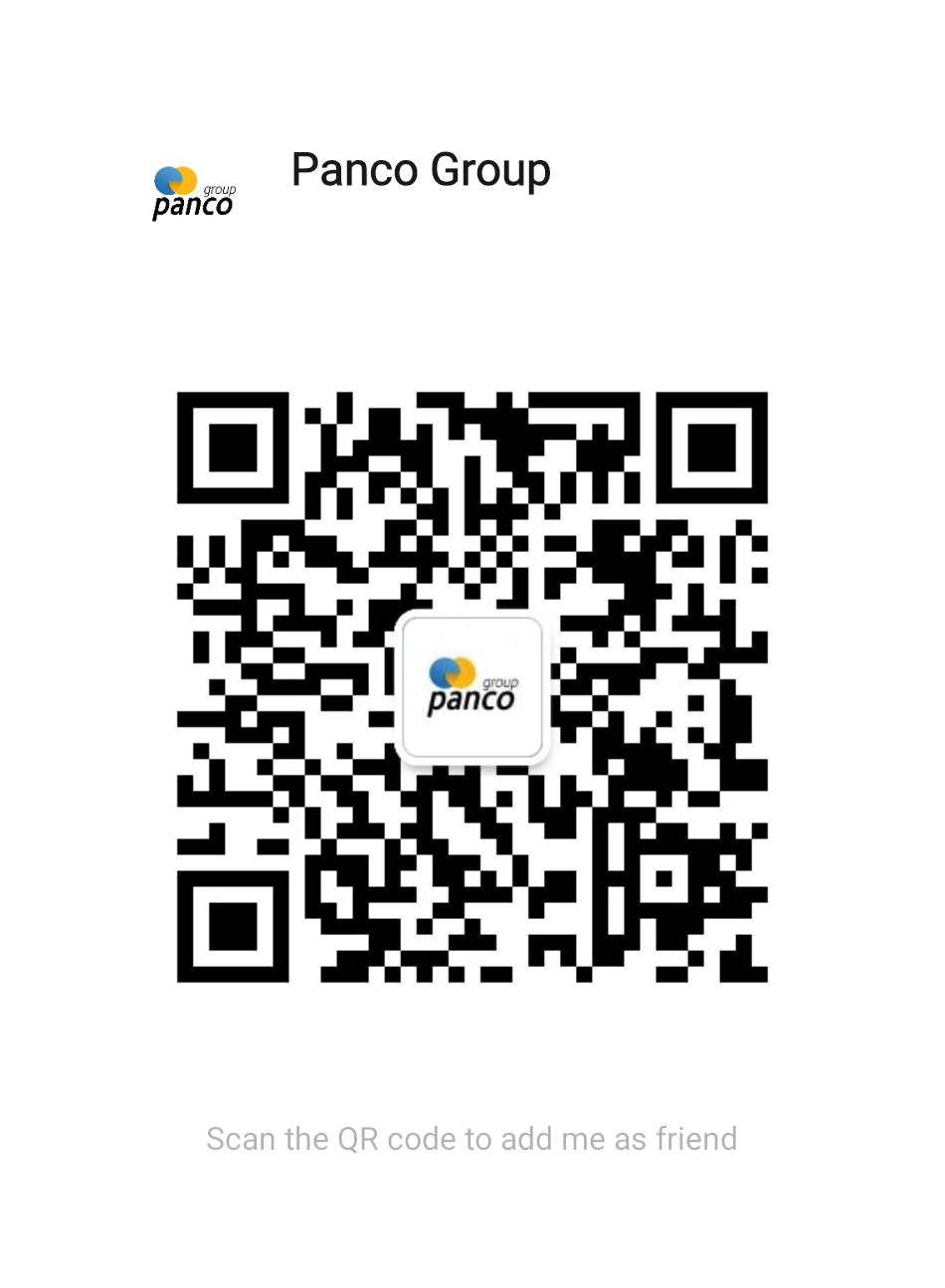
Peru, one of South America’s most dynamic and diverse economies, offers a wealth of opportunities for businesses looking to export their products. Its strategic location on the Pacific coast, strong trade relations, and growing middle class make it an attractive market for companies in various industries. However, entering the Peruvian market requires a solid understanding of the country’s regulations, cultural nuances, logistical challenges, and trade agreements. This blog post provides a comprehensive guide to exporting to Peru, specifically tailoring the information for freight forwarding companies, logistics providers, customs brokers, importers, and exporters.
Why Export to Peru?
Peru is an emerging market with a growing economy that has become increasingly open to international trade. The country is the third-largest economy in South America, and it has experienced consistent GDP growth over the past two decades, thanks to sound economic policies and a favorable investment climate.
Key benefits of exporting to Peru include:
- Strategic Location: Peru’s position on the Pacific coast makes it a vital gateway to markets in Asia, North America, and other parts of Latin America.
- Free Trade Agreements (FTAs): Peru has a robust network of FTAs, including agreements with the United States, the European Union, China, Canada, and many others. These FTAs often reduce tariffs and simplify export procedures for businesses entering the Peruvian market.
- Growing Consumer Market: Peru’s rising middle class is driving demand for a variety of imported goods, from consumer electronics to automobiles, and from pharmaceuticals to agricultural products.
- Stable Business Environment: Peru boasts a stable political environment and government policies that promote foreign investment and trade.
Now that we have established the benefits of exporting to Peru, let’s explore the key aspects that freight forwarding companies, logistics providers, and other stakeholders need to know to succeed in this market.
 Understanding Peru’s Import Regulations
Understanding Peru’s Import Regulations
Tariffs and Duties
Peru operates a tiered tariff system, with rates typically ranging from 0% to 9%. Goods covered under free trade agreements (FTAs) often enjoy reduced or eliminated tariffs. It’s crucial to check the specific tariff rates that apply to your product based on its HS code and any applicable trade agreements.
Customs Clearance Process
The customs clearance process in Peru is managed by the National Superintendency of Customs and Tax Administration (SUNAT). To ensure smooth customs clearance, exporters need to provide accurate and complete documentation, including:
- Commercial Invoice: This should detail the products being exported, their value, and the country of origin.
- Packing List: A detailed breakdown of how the goods are packaged and the contents of each package.
- Bill of Lading (B/L): This document serves as a contract between the exporter and the carrier, confirming the shipment details.
- Certificate of Origin: Required for determining if goods qualify for preferential tariff treatment under an FTA.
Customs procedures in Peru are becoming increasingly streamlined thanks to digital tools and modernization efforts, but delays can still occur if documentation is incomplete or inaccurate.
Non-Tariff Barriers
While tariffs are one aspect of trade, exporters should also be aware of non-tariff barriers. These can include quotas, import licenses, and sanitary/phytosanitary measures, which may apply to certain products, particularly food and agricultural goods. It is advisable to work with a knowledgeable customs broker who is familiar with Peru’s import restrictions.
Shipping and Logistics to Peru
Shipping Routes
Peru’s largest and busiest port is the Port of Callao, located just west of the capital, Lima. It handles the majority of the country’s imports and exports and is a crucial hub for international maritime trade. For exporters, shipping to the Port of Callao is often the most efficient way to enter the Peruvian market, especially when shipping large volumes of goods. Other important ports include Paita and Ilo.
Air Freight
For high-value or time-sensitive shipments, air freight may be the preferred option. The Jorge Chavez International Airport in Lima handles the bulk of Peru’s air cargo, offering regular connections to North America, Europe, and Asia. Air freight can be significantly more expensive than sea freight, but it is often justified when speed is a priority.
Inland Transport
Peru’s geography presents unique challenges for inland transport, particularly for reaching remote areas in the Andes or Amazon region. Although the country has improved its road and rail infrastructure, logistics providers may still encounter potential delays caused by poor road conditions or weather-related disruptions, especially during the rainy season. Using experienced local logistics partners can help navigate these challenges.
Key Export Sectors to Peru
Peru’s demand for imports is driven by its need for a wide range of products, including machinery, chemicals, automotive parts, and consumer goods. Here are some of the most promising sectors for exporters:
 1. Machinery and Equipment
1. Machinery and Equipment
Peru’s economy relies heavily on mining and agriculture, both of which require modern machinery and equipment. Exporters of industrial machinery, construction equipment, and agricultural tools will find significant opportunities in Peru. Additionally, there is growing demand for renewable energy equipment as the country invests in sustainable energy projects.
2. Automotive Parts and Vehicles
Peru’s automotive market is expanding, with demand for both passenger and commercial vehicles rising. Additionally, there is a high demand for aftermarket parts and components. Exporters in this sector should be aware of Peru’s specific import regulations concerning vehicle emissions and safety standards.
3. Chemicals and Pharmaceuticals
The chemical and pharmaceutical industries are growing rapidly in Peru, driven by the country’s expanding healthcare sector and agricultural industry. Pharmaceuticals, fertilizers, pesticides, and other chemicals are in high demand, but exporters need to comply with strict regulatory standards set by the Peruvian government.
4. Consumer Goods
As the Peruvian middle class grows, so does the demand for consumer goods, including electronics, clothing, cosmetics, and home appliances. Exporters should focus on offering competitively priced, high-quality products that cater to the tastes and preferences of Peruvian consumers.
5. Food and Beverages
Peru’s status as a leading producer of agricultural products, such as coffee, avocados, and fish, creates opportunities for foreign exporters in the food and beverage sector. There is strong demand for packaged and processed foods, especially premium and organic products. Exporters of alcoholic beverages, such as wine and spirits, will also find opportunities in this market.
Navigating Free Trade Agreements (FTAs)
Peru has signed several FTAs with key trading partners, including the United States, the European Union, China, and Canada. These agreements often provide preferential access to the Peruvian market by reducing or eliminating tariffs and other trade barriers. For example, under the U.S.-Peru Trade Promotion Agreement (PTPA), most U.S. goods enter Peru duty-free.
It’s essential to determine whether your product qualifies for preferential treatment under an FTA. This involves understanding the rules of origin, which dictate the criteria a product must meet to qualify as originating from a particular country. Consulting with trade specialists or customs brokers can help ensure compliance with these rules.
Cultural Considerations for Doing Business in Peru
Cultural awareness is crucial when doing business in Peru. Here are a few tips to help exporters build successful relationships with Peruvian partners:
- Building Relationships: Personal relationships are highly valued in Peru. Establishing trust is often a prerequisite for doing business, so take the time to build rapport with local partners through face-to-face meetings, social interactions, and consistent communication.
- Negotiation Style: Negotiations in Peru may take longer than expected, as Peruvians tend to be cautious and deliberate in their decision-making process. Be patient and prepared for multiple rounds of discussions before reaching an agreement.
- Language: While many businesspeople in Peru speak English, particularly in Lima, it’s a good idea to have key documents translated into Spanish and to hire a translator if necessary.
- Punctuality: In a business context, punctuality is appreciated, though meetings may not always start on time. It’s best to arrive on time and be patient if your counterparts are delayed.
- Gifts and Hospitality: Exchanging small gifts, such as branded items or souvenirs from your home country, can help build goodwill. Peruvians also appreciate hospitality, so be prepared for social invitations during business trips.
Tips for Successful Exporting to Peru
- Partner with Local Experts: Working with local customs brokers, freight forwarders, and legal experts can help you navigate the complexities of the Peruvian market, from regulatory compliance to logistics and distribution.
- Understand Regulatory Requirements: Make sure you are fully aware of the import regulations that apply to your product, including tariffs, non-tariff barriers, and licensing requirements. Failure to comply can lead to delays or fines.
- Optimize Shipping and Logistics: Choose the most efficient shipping route and mode of transport based on your product type and delivery timeline. Work with experienced logistics providers who are familiar with Peru’s infrastructure and transport challenges.
- Leverage Trade Agreements: Take full advantage of any trade agreements that Peru has with your country. This can significantly reduce costs and simplify the import process.
- Consider Insurance: Given Peru’s challenging geography and occasional political unrest, it’s wise to insure your goods against potential risks during transport. Cargo insurance can protect you from financial losses in case of damage, theft, or delays.




 Understanding Peru’s Import Regulations
Understanding Peru’s Import Regulations 1. Machinery and Equipment
1. Machinery and Equipment Conclusion
Conclusion



